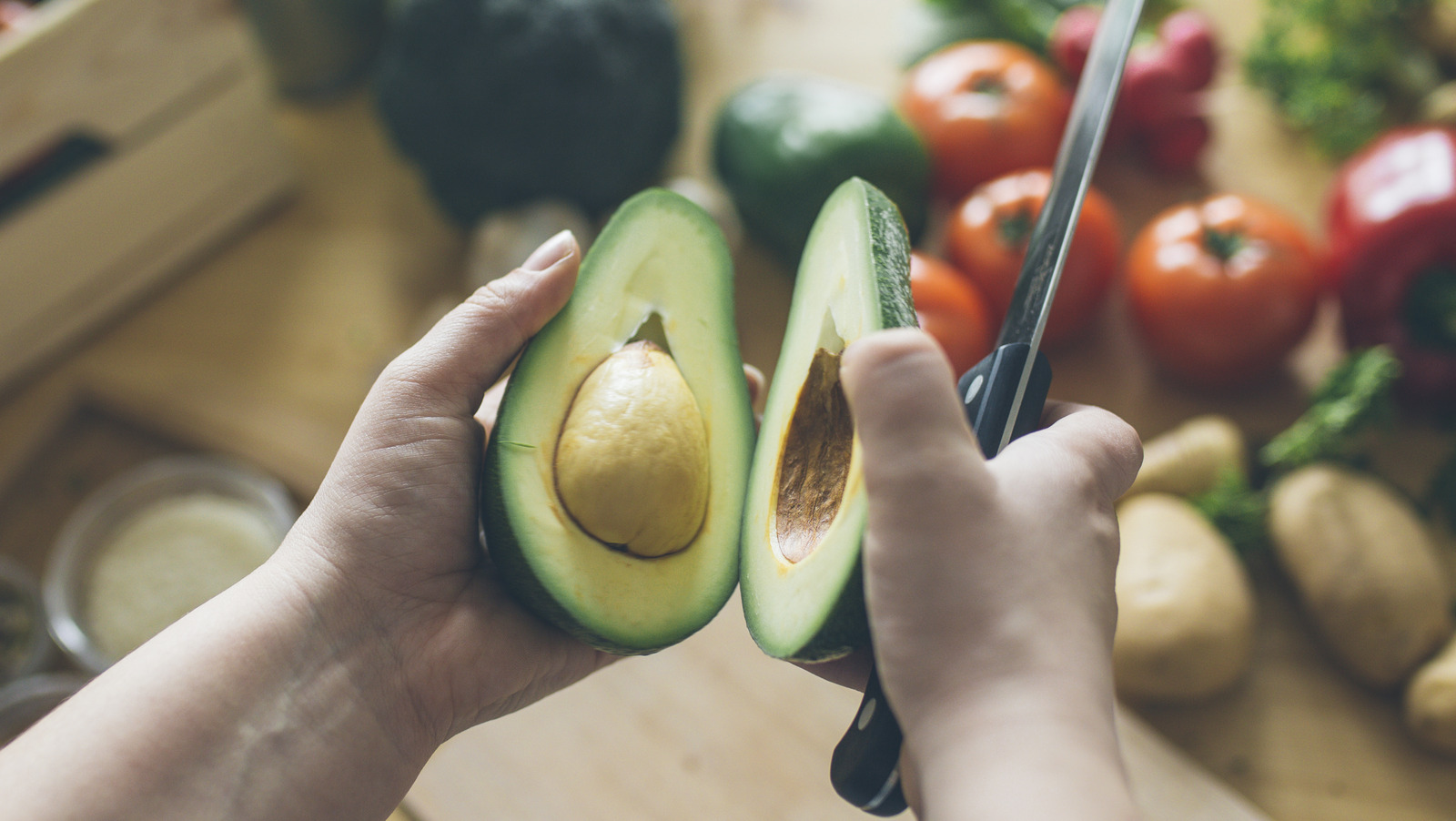Scottish farmed salmon industry uses loopholes to conceal damage, report says
Scottish farmed salmon industry uses loopholes to cover up evidence of environmental damage, poor animal welfare and high levels of disease, investigation finds.
Using open data, investigators from the charity WildFish allege that salmon farms are avoiding mandatory reporting of sea lice prevalence in fish to cover the magnitude of pest infestations, which in some cases are more than 20 times that stipulated in the industry's own. code of best practices.
WildFish says the scale of disease in the waters is putting wild salmon and trout at risk, along with poor animal welfare standards in the industry.
“By allowing these diseases to proliferate in farmed salmon…salmon companies are putting the health of wild Atlantic salmon populations at risk and sea trout. Additionally, they are potentially sending fish to market that have been raised in pens suffering from high mortalities, disease, and sea lice infestations,” the report states. "It's the antithesis of responsible farming."
Report says mortality rates of salmon farmed in sea pens are unacceptably high; the most recent data available shows that on average 24.1% of salmon stored on Scottish marine farms died before harvest. The Scottish salmon industry produces around 200,000 tonnes of fish per year and production rates are expected to increase to 400,000 tonnes per year by 2030.
The report says that some companies are using 'harvesting' - slaughter for market - to avoid submitting a mandatory sea lice count to Marine Scotland every week. A loophole in the regulations means that farms do not have to submit lice counts if they are about to harvest the fish - known as the pre-harvest withdrawal period.
"There are and frequent instances of industry using the 'pre-harvest waiting period' reasoning due to the lack of average weekly sea lice counts for periods periods, where the lice burden in previous weeks has been high,” the report says.
Scottish Sea Farms Hunda Farm in Orkney did not count the 25 weeks of the most recent single production cycle, indicating instead a "pre-harvest withdrawal period", according to the data analyzed for the report. "This resulted in no weekly lice counts for nearly the last six months of this farm's 18-month marine production cycle," the report states.
One of the companies named in the report for carrying out extended culls for controlling the disease are Loch Duart, which supplied salmon for the Cop26 climate conference in Glasgow last year and the Wimbledon tennis championships.
Loch Duart began reporting high weekly death rates on its Sound of Harris site in July of last year, according to the report. The report revealed that at one point there was a weekly sea lice value of 3.04. At the time, industry code of practice recommended treatment at sea lice values greater than 1.
The site eventually reported a mortality rate total marine production of o...

Scottish farmed salmon industry uses loopholes to cover up evidence of environmental damage, poor animal welfare and high levels of disease, investigation finds.
Using open data, investigators from the charity WildFish allege that salmon farms are avoiding mandatory reporting of sea lice prevalence in fish to cover the magnitude of pest infestations, which in some cases are more than 20 times that stipulated in the industry's own. code of best practices.
WildFish says the scale of disease in the waters is putting wild salmon and trout at risk, along with poor animal welfare standards in the industry.
“By allowing these diseases to proliferate in farmed salmon…salmon companies are putting the health of wild Atlantic salmon populations at risk and sea trout. Additionally, they are potentially sending fish to market that have been raised in pens suffering from high mortalities, disease, and sea lice infestations,” the report states. "It's the antithesis of responsible farming."
Report says mortality rates of salmon farmed in sea pens are unacceptably high; the most recent data available shows that on average 24.1% of salmon stored on Scottish marine farms died before harvest. The Scottish salmon industry produces around 200,000 tonnes of fish per year and production rates are expected to increase to 400,000 tonnes per year by 2030.
The report says that some companies are using 'harvesting' - slaughter for market - to avoid submitting a mandatory sea lice count to Marine Scotland every week. A loophole in the regulations means that farms do not have to submit lice counts if they are about to harvest the fish - known as the pre-harvest withdrawal period.
"There are and frequent instances of industry using the 'pre-harvest waiting period' reasoning due to the lack of average weekly sea lice counts for periods periods, where the lice burden in previous weeks has been high,” the report says.
Scottish Sea Farms Hunda Farm in Orkney did not count the 25 weeks of the most recent single production cycle, indicating instead a "pre-harvest withdrawal period", according to the data analyzed for the report. "This resulted in no weekly lice counts for nearly the last six months of this farm's 18-month marine production cycle," the report states.
One of the companies named in the report for carrying out extended culls for controlling the disease are Loch Duart, which supplied salmon for the Cop26 climate conference in Glasgow last year and the Wimbledon tennis championships.
Loch Duart began reporting high weekly death rates on its Sound of Harris site in July of last year, according to the report. The report revealed that at one point there was a weekly sea lice value of 3.04. At the time, industry code of practice recommended treatment at sea lice values greater than 1.
The site eventually reported a mortality rate total marine production of o...
What's Your Reaction?






















